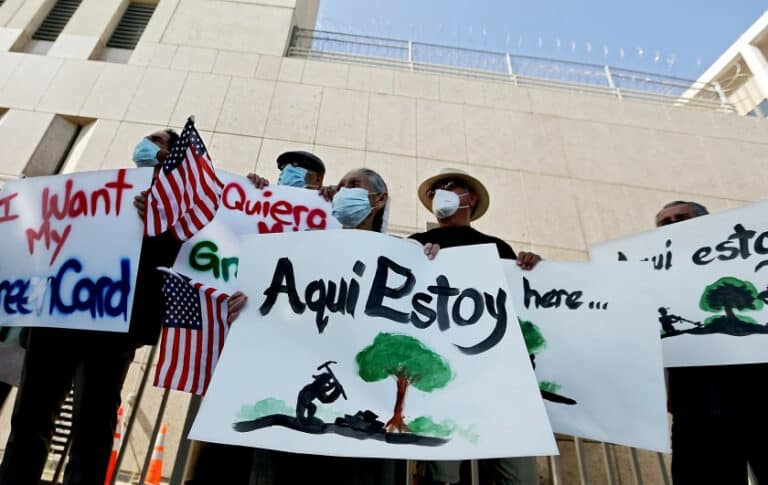At The New York Times, Noam Scheiber asks why there are so many workers on strike despite signs of a robust economy. He then explains that it is precisely because the economy is strong that employees are now fighting for their fair share of corporate profits and budget surpluses. While workers and labor leaders in the education, auto, hospitality, and airline industries were willing to accept concessions in the wake of the Great Recession, they now feel as if they got the raw end of the deal and are striking for a new one.
Annie reported on Thursday that General Motors and the United Auto Workers reached a tentative agreement on a new contract after a monthlong strike. As details of the contract emerge, some workers are more pleased than others. Workers at the Detroit-Hamtramck assembly plant would benefit from the contract’s $3 billion investment at their site, while workers from the idled Lordstown plant and two others stand to lose their plants for good now that the union has accepted their closure. Many are cheering the contract’s wage increases, particularly a provision that would end the two-tiered wage system within four years. Many also support the contract’s new process for converting temporary workers into employees after three years of service, though some worry few temporary workers will reach the three-year mark. Rank-and-file members will remain off the job until they vote to ratify the agreement, in a move that some see as a recognition by the UAW that the deal is not a “slam dunk.” Ratification of the contract requires a simple majority of all GM workers under the contract and a simple majority of skilled-trades workers. The vote will occur over the next week with a result expected by Friday.
This week Senator Todd Young, a Republican, and Senator Chris Murphy, a Democrat, introduced the Workforce Mobility Act, a bipartisan bill aimed at barring the enforcement of most non-compete agreements in employment contracts. In a press statement explaining their motivation for introducing the bill, Young and Murphy focused on the harm to both low-wage workers trapped in dead-end jobs and to high-wage workers in innovation-driven industries.
The New York Committee for Occupational Safety and Health (NYCOSH) released a report this week which calculated that the rate of worker injuries at Amazon’s Staten Island “fulfillment center” is three times the national average for warehouse workers. The report was based on interviews with 145 workers at the center, many of whom said they experienced physical pain from their jobs and felt pressure to work at ever-faster speeds. The report concluded that the workers would benefit from unionization and urged Amazon to stay neutral in the face of employees’ efforts to organize.






Daily News & Commentary
Start your day with our roundup of the latest labor developments. See all
June 30
Antidiscrimination scholars question McDonnell Douglas, George Washington University Hospital bargained in bad faith, and NY regulators defend LPA dispensary law.
June 29
In today’s news and commentary, Trump v. CASA restricts nationwide injunctions, a preliminary injunction continues to stop DOL from shutting down Job Corps, and the minimum wage is set to rise in multiple cities and states. On Friday, the Supreme Court held in Trump v. CASA that universal injunctions “likely exceed the equitable authority that […]
June 27
Labor's role in Zohran Mamdani's victory; DHS funding amendment aims to expand guest worker programs; COSELL submission deadline rapidly approaching
June 26
A district judge issues a preliminary injunction blocking agencies from implementing Trump’s executive order eliminating collective bargaining for federal workers; workers organize for the reinstatement of two doctors who were put on administrative leave after union activity; and Lamont vetoes unemployment benefits for striking workers.
June 25
Some circuits show less deference to NLRB; 3d Cir. affirms return to broader concerted activity definition; changes to federal workforce excluded from One Big Beautiful Bill.
June 24
In today’s news and commentary, the DOL proposes new wage and hour rules, Ford warns of EV battery manufacturing trouble, and California reaches an agreement to delay an in-person work mandate for state employees. The Trump Administration’s Department of Labor has advanced a series of proposals to update federal wage and hour rules. First, the […]